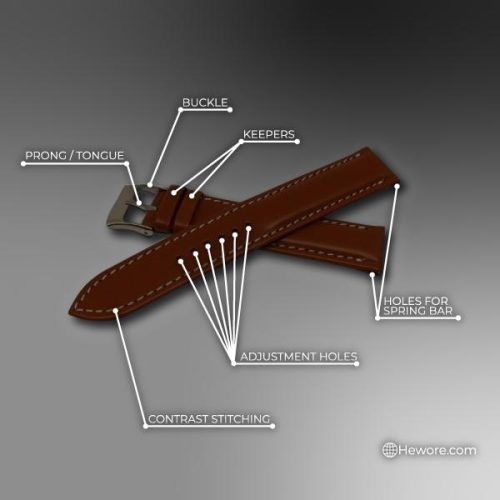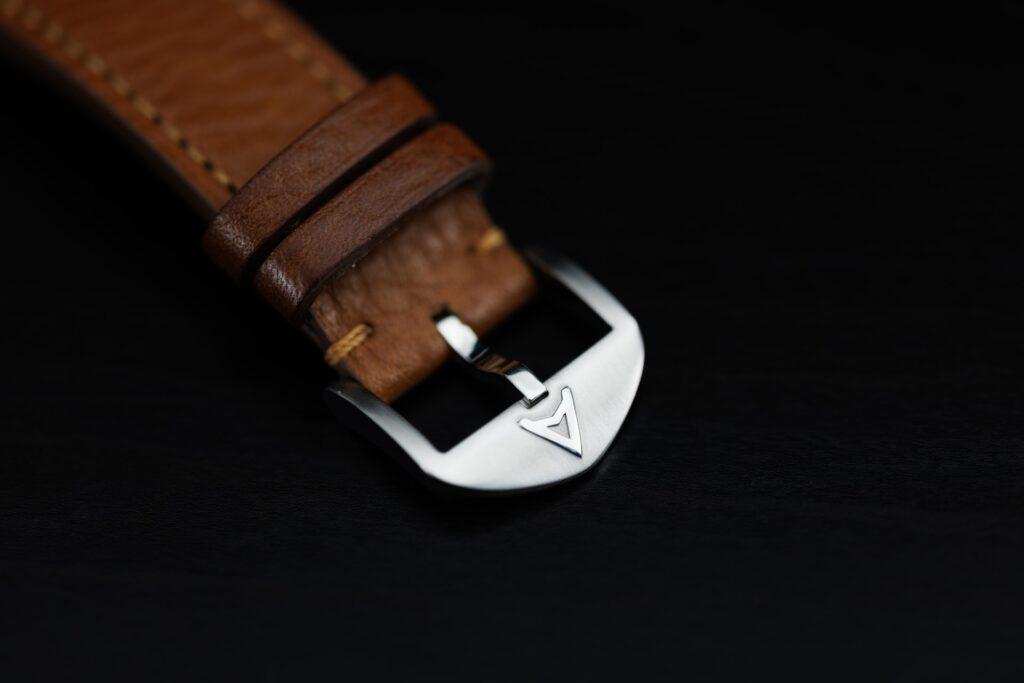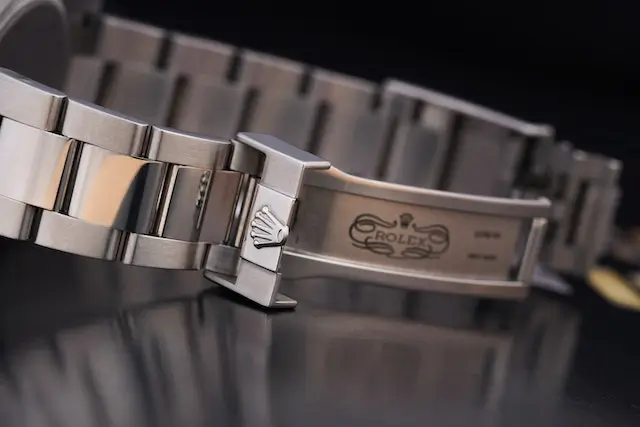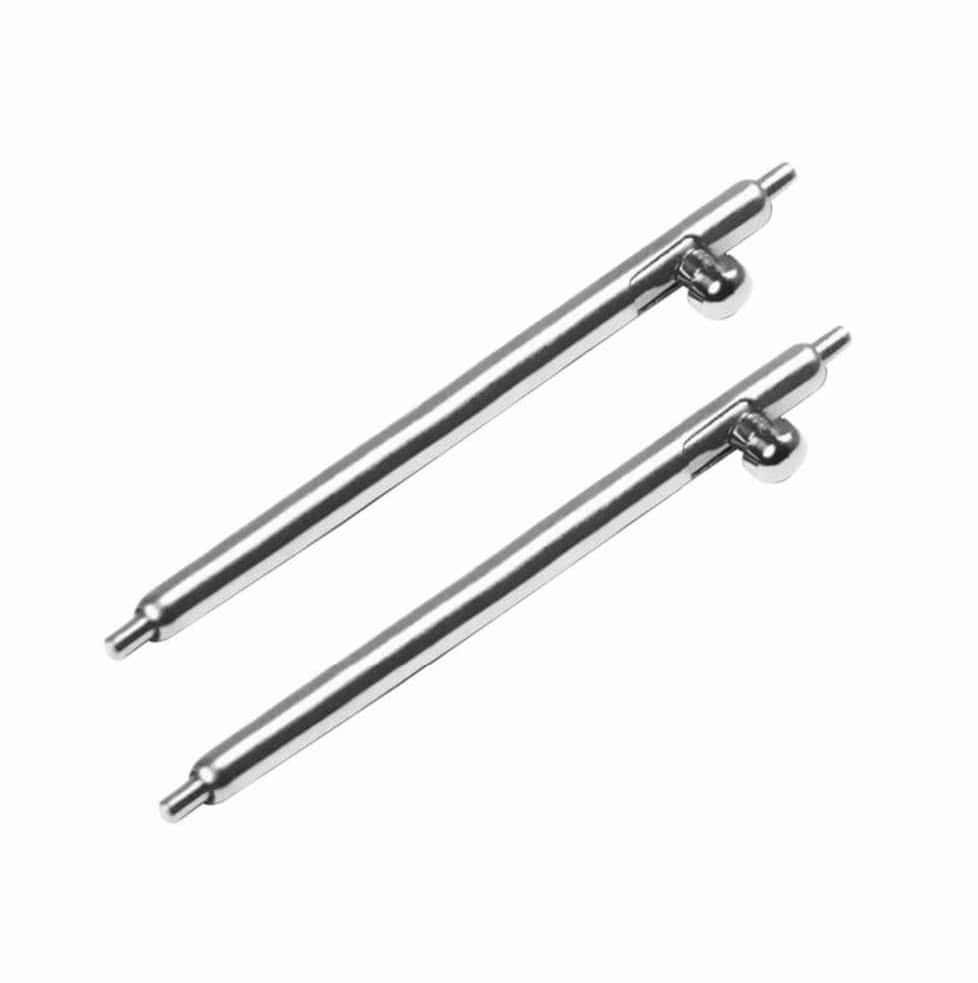Parts of a Watch Strap and Bracelet: A Beginner’s Guide
A watch strap or bracelet is more than just a simple band that secures your timepiece to your wrist. When examined up close, quality straps and bracelets reveal an intricate system of components that work together seamlessly. From the sturdy links that connect to the watch case to the clasp that allows you to take your watch on and off with ease, each part serves a specific purpose.
In this beginner’s guide, we’ll explore the anatomy of watch straps and bracelets. You’ll learn about essential parts like end links, spring bars, buckles, and adjustment holes. We’ll also discuss subtle details like keepers that prevent excess strap from dangling. By understanding the form and function of these components, you’ll be able to make informed choices when selecting straps and have a deeper appreciation for the engineering behind these little wrist wonders..
Note: The terms “strap” and “band” are commonly used to describe non-metal watch straps, while the term “bracelet” is typically used to refer to metal watch bracelets.
Contents
Different Parts of a Watch Strap

1. Buckle/Clasp
The buckle or clasp is the closure mechanism that secures the strap or bracelet around the wrist.


It can be made of various materials, including stainless steel, gold, or other metals. Common types of buckles include tang buckles, deployant clasps, and folding clasps.
Related Blog Post: Different Types of Watch Clasps
2. Tongue/Prong
The tongue or prong is part of the buckle that fits into the holes on the strap for adjustment. It ensures a secure fit by holding the strap in place.
3. Keepers/Loops
Keepers are small loops that hold the excess length of the strap in place. They ensure that the strap stays neatly secured and prevent it from flapping around. Some watch straps have one keeper, while others have multiple keepers.
4. Adjustment Holes
Adjustment holes are a series of holes on a strap that allow for size adjustment. The buckle or clasp can be fastened through these holes to achieve a comfortable fit on the wrist.
5. Lug
The lug is the protruding part on the watch case where the bracelet is attached. It provides a point of connection between the watch case and the bracelet.
6. Spring Bars
Spring bars are a crucial component of watch straps that play a vital role in attaching the strap to the watch case. These small, spring-loaded bars are typically made of stainless steel and have a threaded or notched design.
Image: Strapsco.com
The function of spring bars is to fit into the lugs on the watch case, creating a secure connection between the strap and the watch. One end of the spring bar has a compressible spring, while the other end features a small protruding pin or shoulder.
To install or remove a strap, you need to compress the spring by applying pressure inward, align the notched end with the lug hole, and release the pressure. The spring bar will then expand and lock into place, firmly securing the strap or bracelet.
7. Links
Links are individual segments or units that make up a metal bracelet. Each link is typically designed to interlock with adjacent links, creating a continuous and cohesive bracelet that wraps around the wrist. The number of links in a bracelet can vary depending on the size and style of the watch. Links can also be added or removed to adjust the size of the bracelet for a proper fit.
They come in various shapes and designs, adding visual appeal to the overall aesthetics of the watch. Common link styles include the classic three-link design, which features a central link flanked by two smaller links, and the five-link design, which consists of larger central links and smaller outer links. Additionally, there are also more intricate and unique link patterns, such as the H-link, Oyster, or Jubilee styles.
Related Blog Post: Types of Metal Watch Bracelets
8. End Links
End links are an essential component of metal watch bracelets. Positioned at the ends of the bracelet, these specialized links serve important functions in ensuring a secure and seamless connection between the bracelet and the watch case.
The primary role of end links is to bridge the gap between the bracelet and the watch lugs. They provide a smooth transition from the wider bracelet to the narrower space between the lugs, ensuring a cohesive and integrated look.
There are two types of end links:
- Hollow End Links: Made from thin, hollow metal, they are lighter and more flexible, but they may have a less precise fit. This can cause a slight rattle and make the bracelet feel less secure. Hollow end links are often associated with vintage designs and offer a more traditional look.
- Solid End Links (SEL): Made from a single, thick piece of metal, these end links provide a more precise, snug fit, making the bracelet feel more solid and secure. Solid end links are quieter, more durable, and generally create a smoother transition between the bracelet and the watch case. They are often considered more premium and elegant due to their robust and seamless design.
Conclusion
Understanding the different parts of a watch strap and bracelet is key to appreciating the intricate details and functionality of these essential components. Throughout this beginner’s guide, we have explored the various elements that make up a watch strap, including the end links, buckle, keepers, adjustment holes, and spring bars. Each component serves a specific purpose, whether it’s providing stability, securing the strap, or allowing for size adjustments.
By familiarizing yourself with the anatomy of a watch strap, you can make informed decisions when choosing the right strap for your watch. If you have any other questions about watch strap components and their purpose, feel free to leave a comment. We’re always happy to help decode the anatomy of watch straps and bracelets.

Helped me a lot., thank you